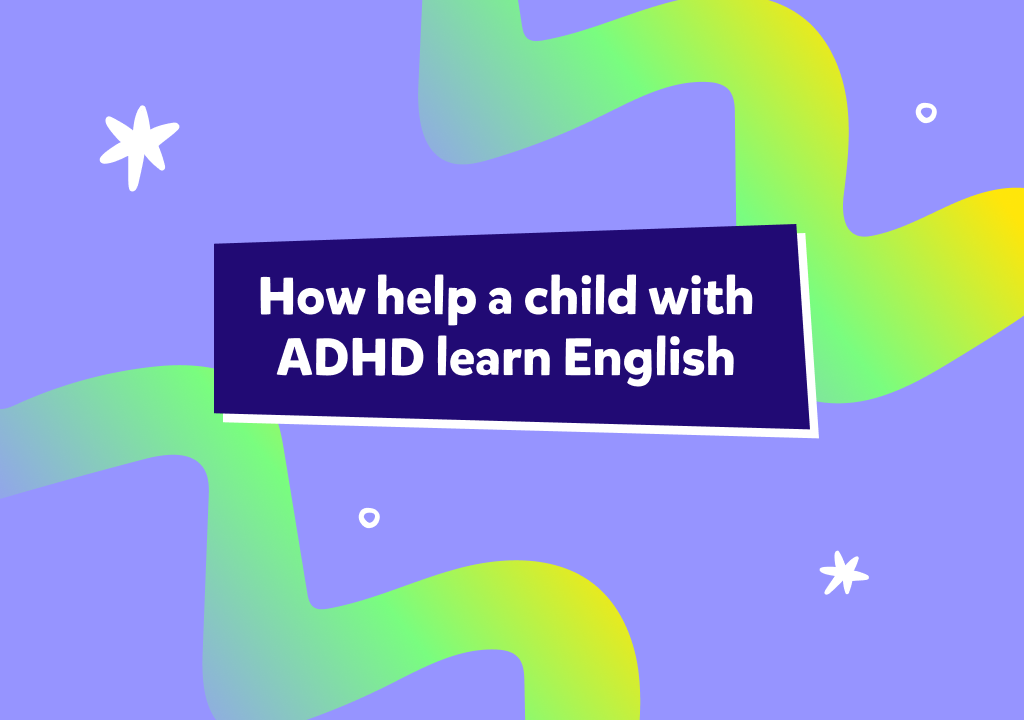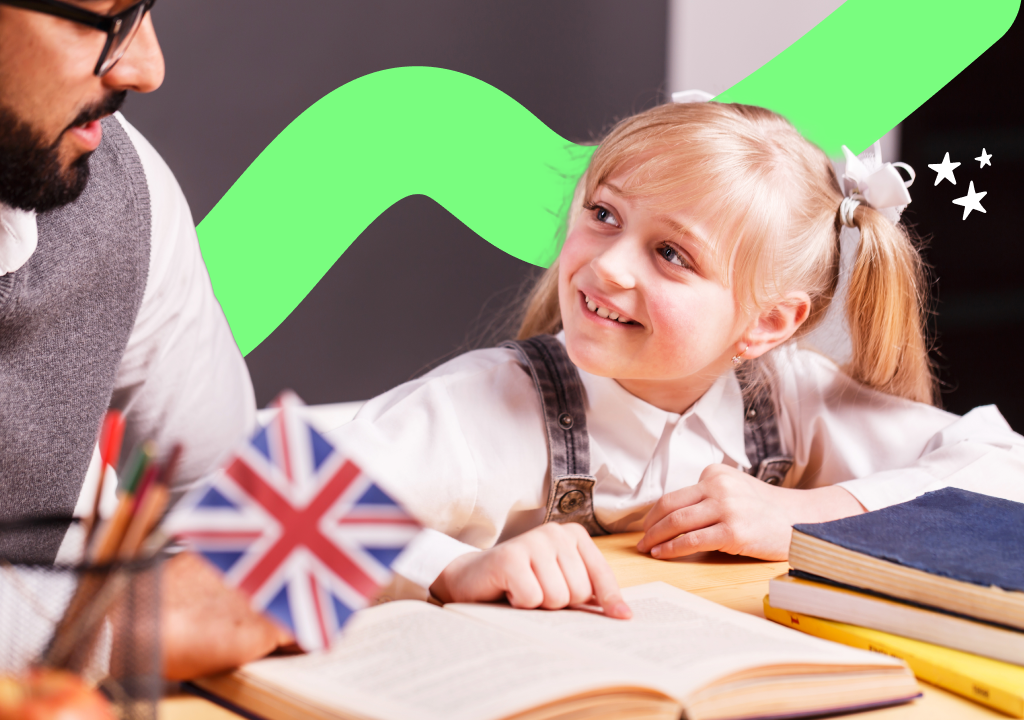Helping Your Child Focus: ESL Tips for Parents of Students with ADHD
Find helpful tips for supporting your child with ADHD in learning ESL. This article offers strategies for parents to create a positive learning environment, connect lessons to their children’s interests, and work with teachers to improve skills.
Helping a child with ADHD can be challenging, especially when it comes to school. For kids learning English as a Second Language (ESL), these challenges can be even bigger. This article will look at how important ESL education is for children with ADHD and share simple tips for parents to help their kids learn better.
ESL education does more than teach kids a new language; it gives them a structured setting that works well for different ways of learning. This includes using pictures and fun activities that can help kids with ADHD pay attention and stay engaged. However, traditional classrooms can be tough for these students. They often struggle with paying attention, staying organized, and controlling their impulses. By understanding these challenges, parents and teachers can work together to better support children with ADHD in their ESL learning journey.

Understanding ADHD and Its Impact on Learning
Attention Deficit Hyperactivity Disorder (ADHD) is a condition that affects how people think and behave. It makes it hard for children (and adults) to pay attention, sit still, and control their impulses. While many kids can be hyperactive or distracted at times, those with ADHD have these problems more often, which can affect their everyday lives and how they do in school.
Children with ADHD often show a mix of three primary behaviors: inattention, hyperactivity, and impulsivity. Kids who are inattentive may struggle to stay focused on tasks, have trouble following instructions, or get easily distracted by noises or other things around them. Hyperactive kids might talk a lot, move around a lot, or have difficulty sitting still. Impulsive children may interrupt others, make quick decisions without thinking, or have trouble waiting for their turn. These behaviors can make it hard for them to succeed in structured classroom settings.
Now, let’s get into strategies for parents to help their children succeed in ESL learning!
Creating a Supportive Learning Environment
A supportive learning environment is essential for helping children with ADHD focus and succeed in their ESL studies. One key strategy is to establish a structured routine, as having a consistent daily schedule can provide stability and help children know what to expect. To create a predictable learning routine, parents can set specific times for homework, practice, and breaks, ensuring that these times remain the same each day. Additionally, designing a distraction-free study space is crucial. Parents can set up a quiet and organized area for learning, free from noise and clutter.
Effective Teaching Strategies
Implementing effective teaching strategies can greatly enhance the learning experience for children with ADHD in ESL settings. One helpful approach is breaking tasks into smaller steps. Parents and teachers can make complex language tasks more manageable by chunking information. For example, instead of asking a child to write a complete paragraph, they can start with just a sentence or even a single word.
Interests and Engaging Activities
The third strategy for helping children with ADHD succeed in ESL learning is to focus on their interests and use engaging activities. Tailoring lessons to a child’s personal interests is important because it makes learning more relatable and fun. Additionally, utilizing games and interactive tools can significantly enhance focus and motivation. Educational games, such as word puzzles or memory matching games, can make language practice enjoyable while keeping kids engaged.
Positive Communication and Feedback
This strategy focuses on using positive communication and feedback to support children with ADHD in ESL learning. Talking openly with your child about their learning is very important. It helps you understand how they feel and what they find easy or difficult. You can ask questions like, “What did you like learning today?” or “Was anything hard for you?” This encourages them to share their thoughts. Celebrating achievements is also key. Recognizing small successes, like finishing homework or learning new words, can build their confidence. Simple rewards like praise, stickers, or fun activities can motivate them.
Working with Educators
Building a strong partnership with your child’s ESL teachers is essential for their success. Open communication between parents and teachers helps ensure everyone is on the same page. Share any insights about your child’s learning style, what works best for them, and any specific challenges they face. This way, teachers can better support your child in class.
Setting Goals
Finally, establishing realistic goals with educators is another important step. Work together to set clear, achievable objectives for your child’s ESL learning. Regularly tracking progress and adjusting strategies as needed will help your child stay on track and feel motivated by their improvements.
By using positive communication, working closely with educators, and setting meaningful goals, you can provide the proper support for your child with ADHD in their ESL journey. With these strategies, you’ll help them stay focused, build confidence, and enjoy learning English!







































